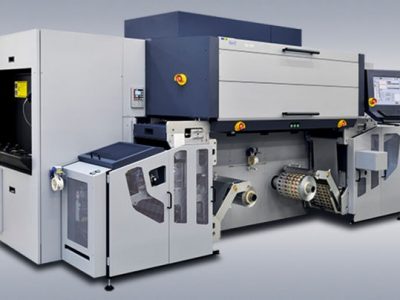When comparing various quotes for energy storage systems, it can be pretty hard to know which technical specs and characteristics matter most. For a good reason, this industry is still in its infancy stage that people might not probably know people with batteries who they can ask about their experience.
While every system has to meet safety and reliability requirements set by governing bodies in order to be installed and stored in the United States, outside of these standards, there are some standardization of characteristics and specifications across various systems available on the market today. In this article, we will take a closer look at some tips and tricks on what to look for when it comes to comparing various solar battery system quotes.
Click this site for more information about this kind of energy.
What to look for?
Battery storage systems provide various benefits, from financial savings and emergency backup power. But these things also bring technical complexity, as well as new and unfamiliar terminologies. Here is what to look for or focus on in a battery system.
Rating
The battery’s rating refers to the kilowatts of energy that batteries can supply at once. In short, the energy rating of the battery will tell you how many devices, it can power at once, as well as which devices it can power. It is expressed in kilowatts or thousands of Watts or Amperes. Different devices use different amounts of power. For example, a traditional compact fluorescent bulb will use more or less 12 Watts or 0.012 kilowatts of power, while a three-ton air-conditioning unit will draw more or less 20 Amperes. It is equivalent to 4.8 kilowatts.
A lot of batteries available today have around 5 kilowatts of continuous output. More importantly, these things usually have two ratings: a five-minute or instantaneous and continuous energy rating. It means that they can provide more juice using short bursts. It is imperative if people have a device like a sump pump that needs a lot of juice to turn on but runs at a lower energy rate.
Usable storage capacity
A battery system’s capacity refers to the quantity of electricity that a system is able to supply and store. While power is usually expressed in kWh or kilowatt-hours, energy is multiplied by time. Because of this, the storage capacity will tell users how long their battery can power their properties.
How is wattage calculated? Click https://sciencing.com/wattage-calculated-5130879.html for more details.
Always make sure to look for the battery’s usable capacity, representing the amount of electricity stored on the system that people can access. Since electricity usage is the system’s energy multiplied by time, if people are using more power, they will run out of electricity faster.
Conversely, if homeowners only use their system to back up a couple of devices with small consumption, they can keep them running for a long time. Think about the difference between light bulbs and air-conditioning units. If the house has a five-kilowatt-hour battery, homeowners can only run their air-conditioning system for more or less two hours (4.8 kilowatts multiply by two hours = 9.6 kilowatt-hours). But the same storage device can keep 20 bulbs on for two full days (0.012 kilowatts multiplied by 20 bulbs multiplied by 42 hours = 10 kilowatt-hours).
Roundtrip efficiency
Roundtrip efficiency is a metric that measures how well the storage system (inverter + battery) stores and converts electricity. There are losses related to the electrical process. It means that people will lose some electricity when they invert it from DC (direct current) to AC (alternating current) electricity or when they put electricity into their batteries and take the device out again. The roundtrip efficiency of the solar backup tells users how many units of juice they will get out of their system for every unit of electricity they put into it.
Safety
All solar energy backup systems have to meet safety requirements to be certified by regulatory agencies for installation in residential and business properties. Every unit that was sold on the market today is safe and meets safety requirements set by the government.
But they are some battery chemistries that have been evaluated and checked for safety using various levels, even going beyond safety requirements mandated by the government for these types of devices. It means that some chemistries are a lot safer compared to others. But the most crucial thing people need to remember is that all backup supplies installed in the United States are pretty safe.
Chemistry
The battery’s chemistry refers to the main compound used to store power inside the device. Chemistry is considered the most vital characteristic to compare since it determines tons of battery characteristics listed above. For example, various lit-ion chemistries may be denser power-wise.
It means they store more energy in a small amount of space. Some devices are a lot better when it comes to cycling. It means that they can perform at a much higher level for many years. These are just some of the differences within lit-ion chemistries. There are other differences between lead-acid, lit-ion, vanadium flow batts, or other experimental chemistries. In most cases, different chemistries come at different price points.
In conclusion
When it comes to solar storage, there is a lot to consider. These are just some of the most common decision criteria when it comes to installing power storage units. If you are making a big decision based on other factors, always make sure to ask professionals for help. They will be more than willing to answer questions you have about the differences between available storage units in the market today.












Comments